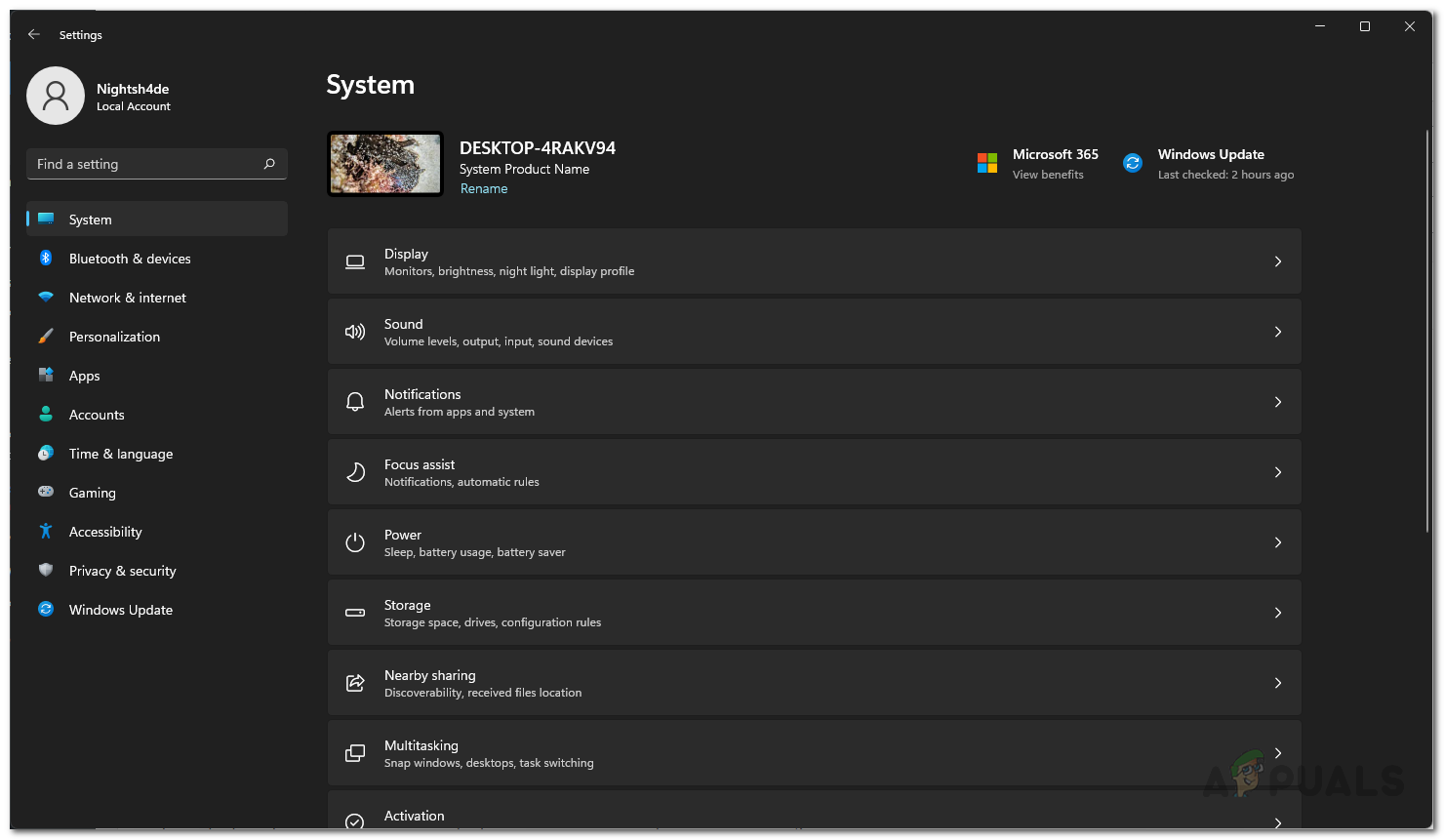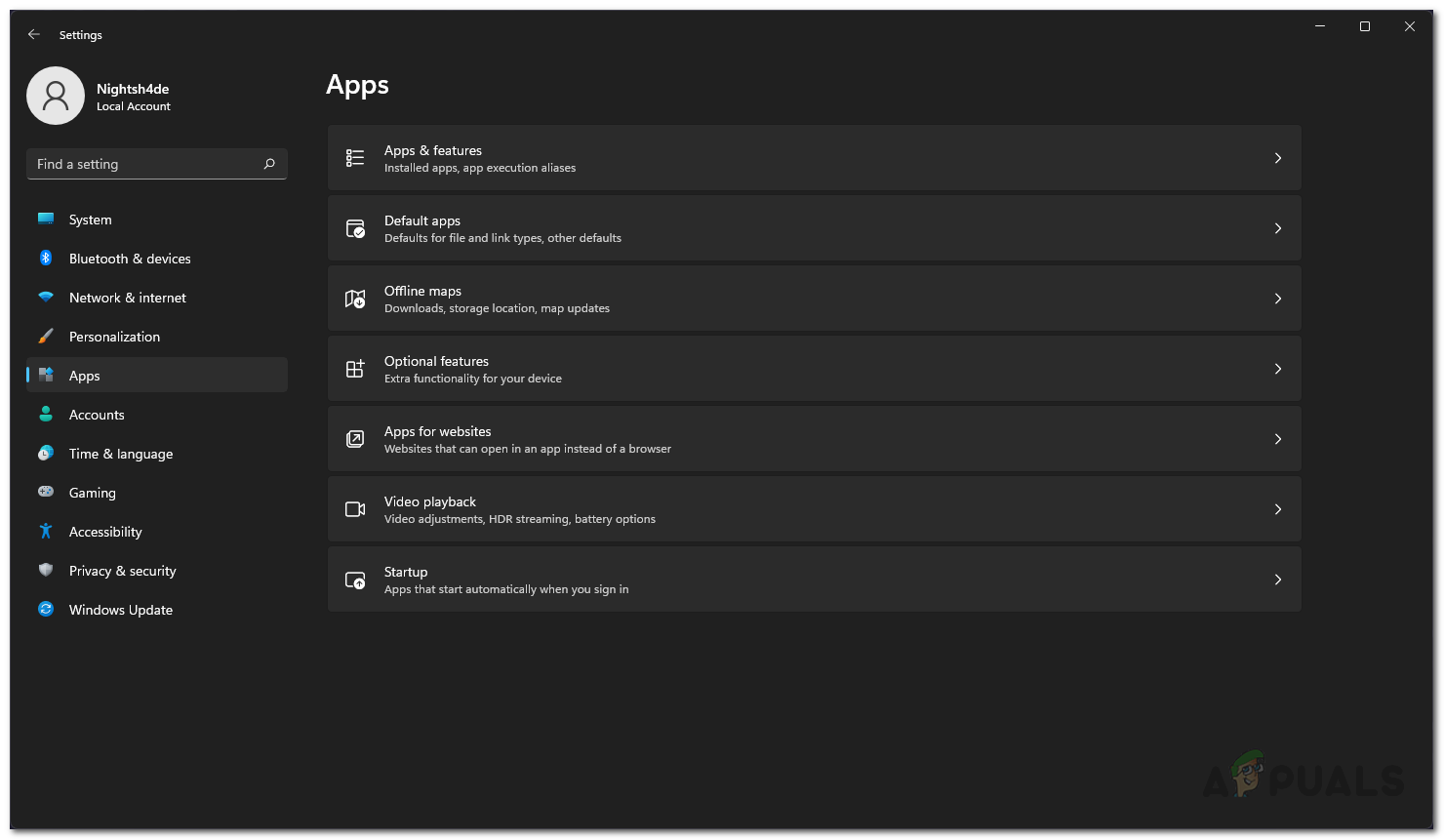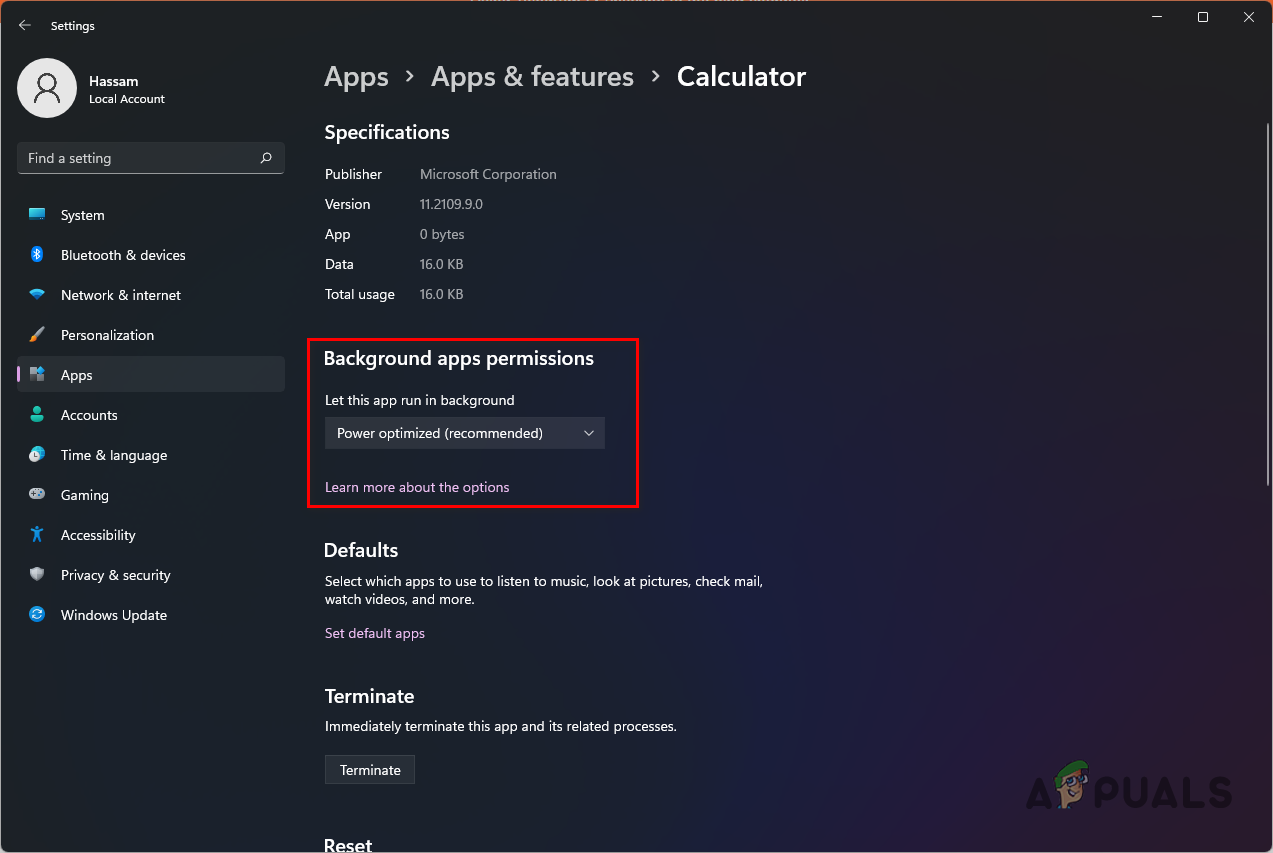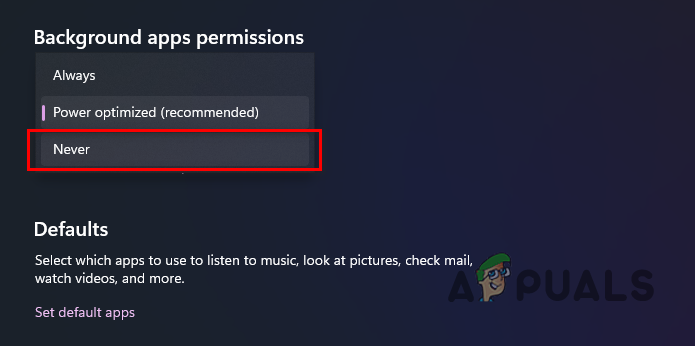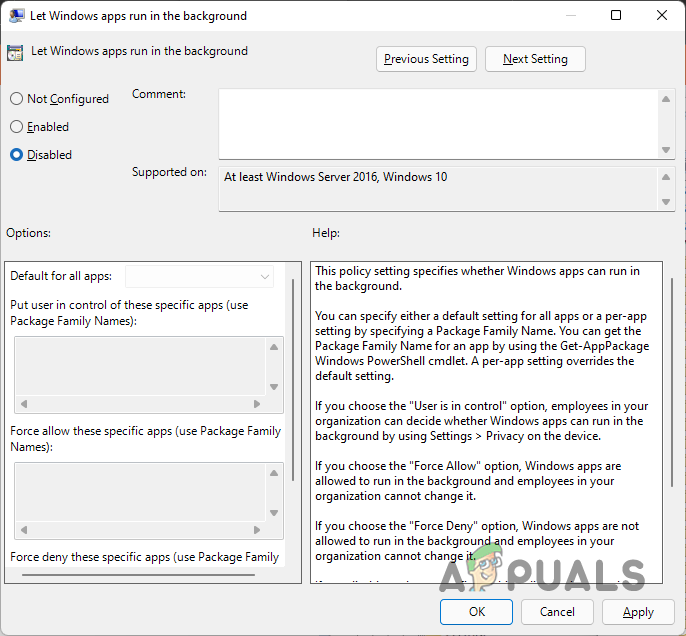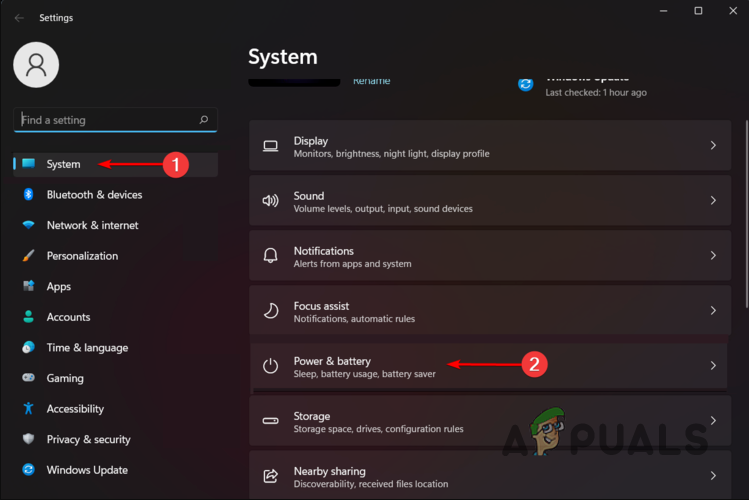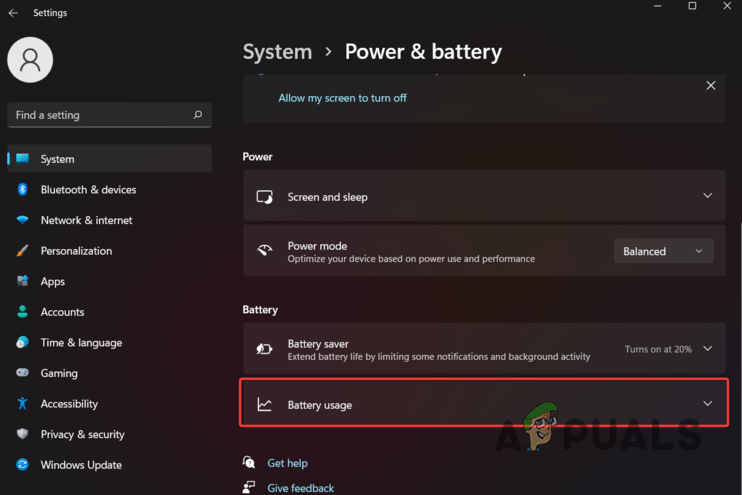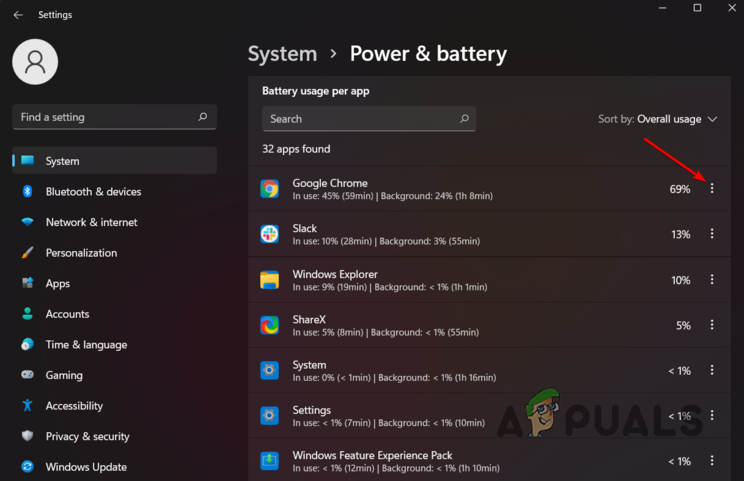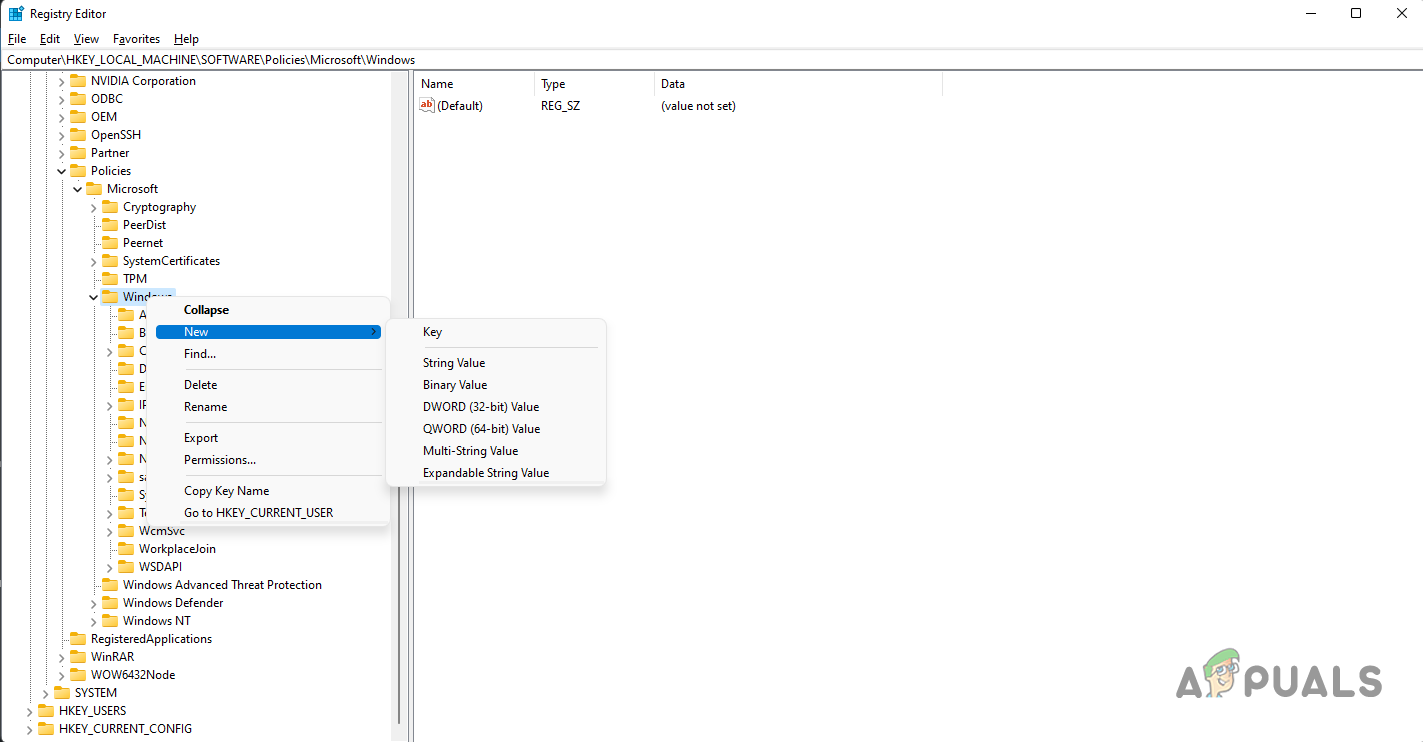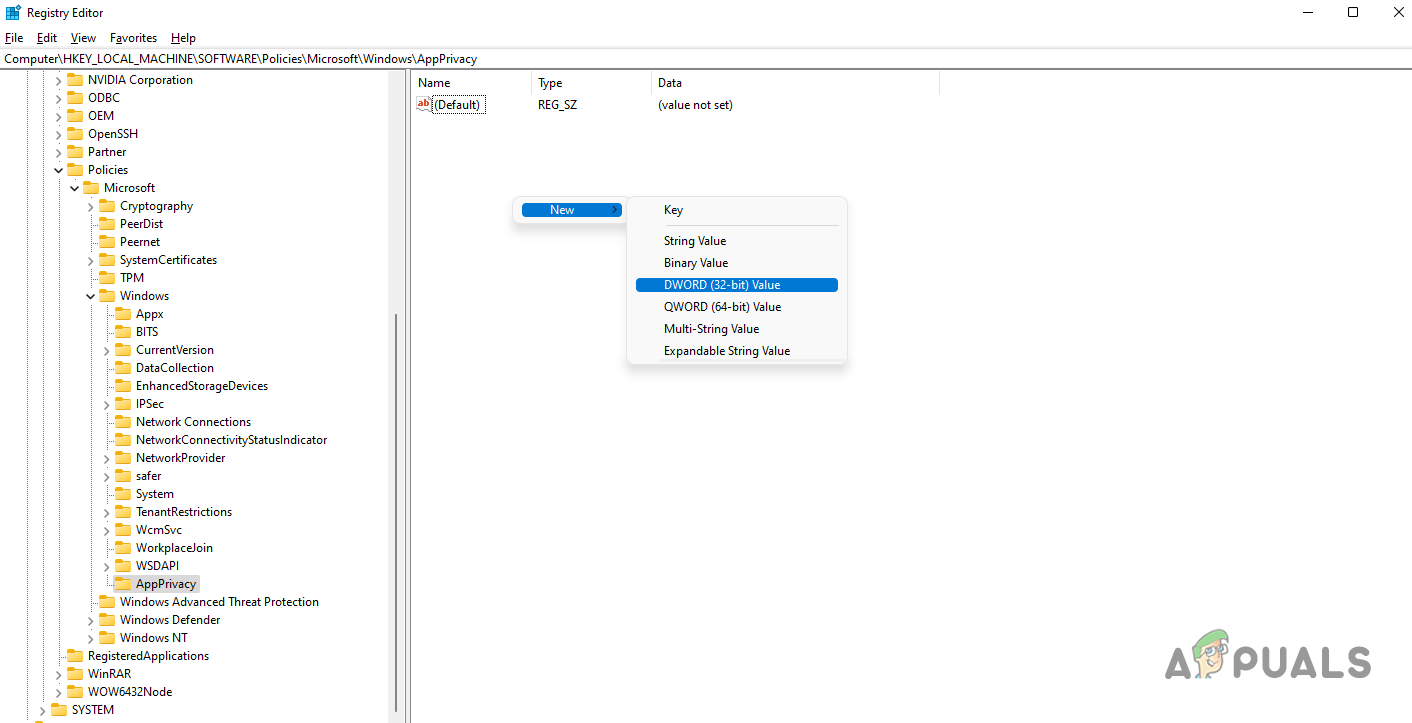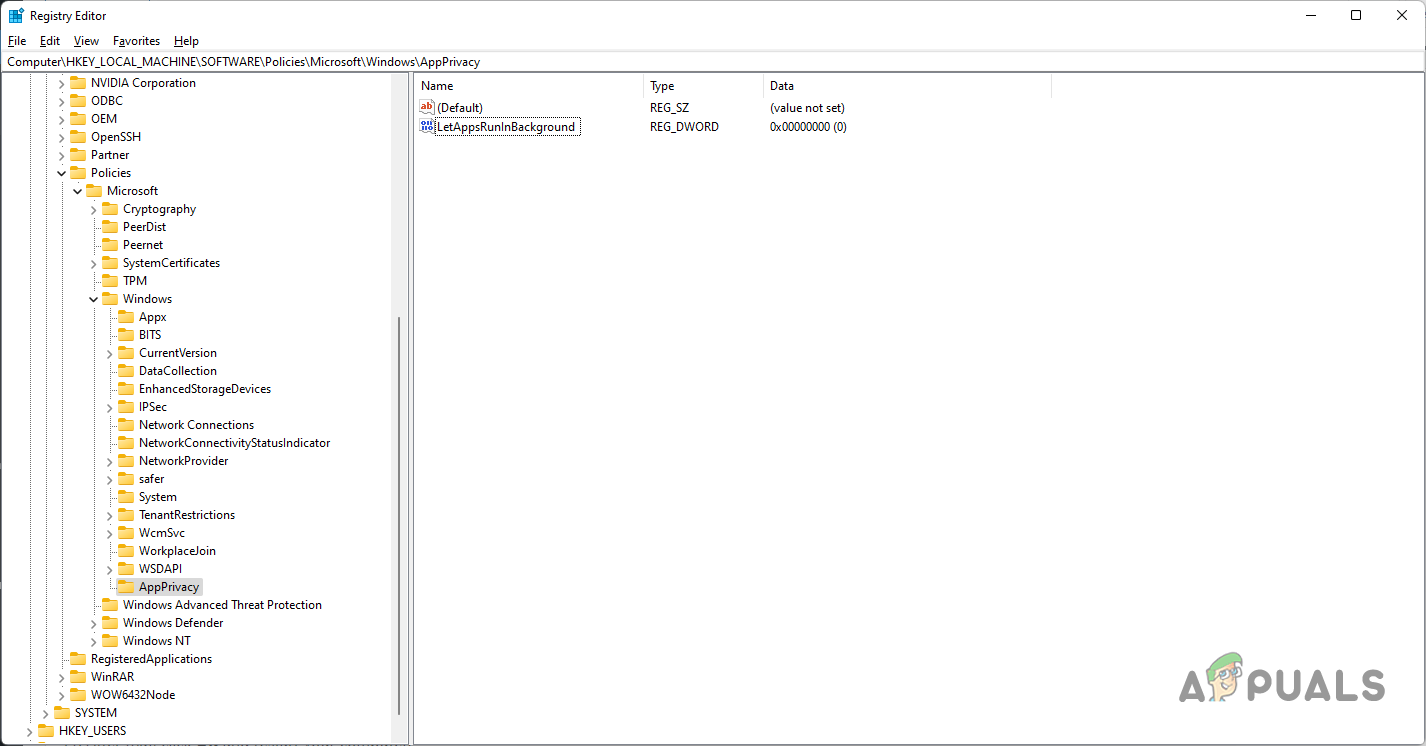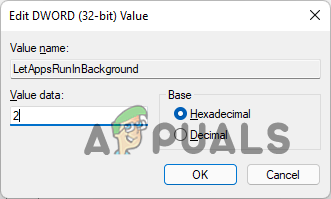As it turns out, the apps that are running in the background can be for several purposes which includes sending any notifications or looking up for any available updates. While this sounds good, there is a caveat. What essentially happens is when the apps in the background are doing whatever they are, they are using system resources even if it’s a small amount. This can affect the performance of your computer depending upon the number of apps that are running in the background as well as factors like how powerful your computer is. Like we have mentioned, if you have a high end PC, then you do not really have anything to worry about as far as you don’t have a lot of bloatware running in the background. However, if you do not satisfy that condition, then the resources being can be really helpful for you otherwise. In such a scenario, to free up resources, you will have to prevent background apps from running. With that said, let us get started and take you through the process of disabling background applications in Windows 11 via a number of methods. Before we proceed, it is important to note that disabling all of the background apps may not always be a good idea as doing so can prevent certain apps from working properly. This is something to consider and keep in mind when you are going through this article. We would recommend disabling the applications individually that are using a lot of system resources.
Use Windows Settings App
As it turns out, one of the ways that you can prevent background apps on your computer is to use the Windows Settings app. To do this, follow the instructions given down below:
Use Local Group Policy Editor
Another way you can disable background apps is through the Local Group Policy editor. These policies essentially define how your system operates and thus changing the policy for background apps will prevent them from running. To do this, follow the instructions that are given down below:
Use Battery Settings
If you are using a laptop, you can disable background apps on your system by using the battery settings that are provided in the Windows Settings app. To do this, follow the instructions given down below:
Use Windows Registry
Finally, if you are an advanced user, you can choose to disable background apps by creating a new registry key in the Windows Registry. It is important to note that Windows Registry is responsible for how your system behaves and should anything unwanted happen, it can render your computer unusable. With that said, we would recommend creating a backup of Windows Registry before proceeding. To disable the Windows backgrounds app via the Windows Registry, follow the instructions given down below:
How to Disable Start Menu Background Customization in Windows 10?How to Disable Office Background Task Handler Pop Up on Windows 10Fix: You need to fix your Microsoft Account for apps on your other devices to be…Fix: Black Screen Background on Windows 10

